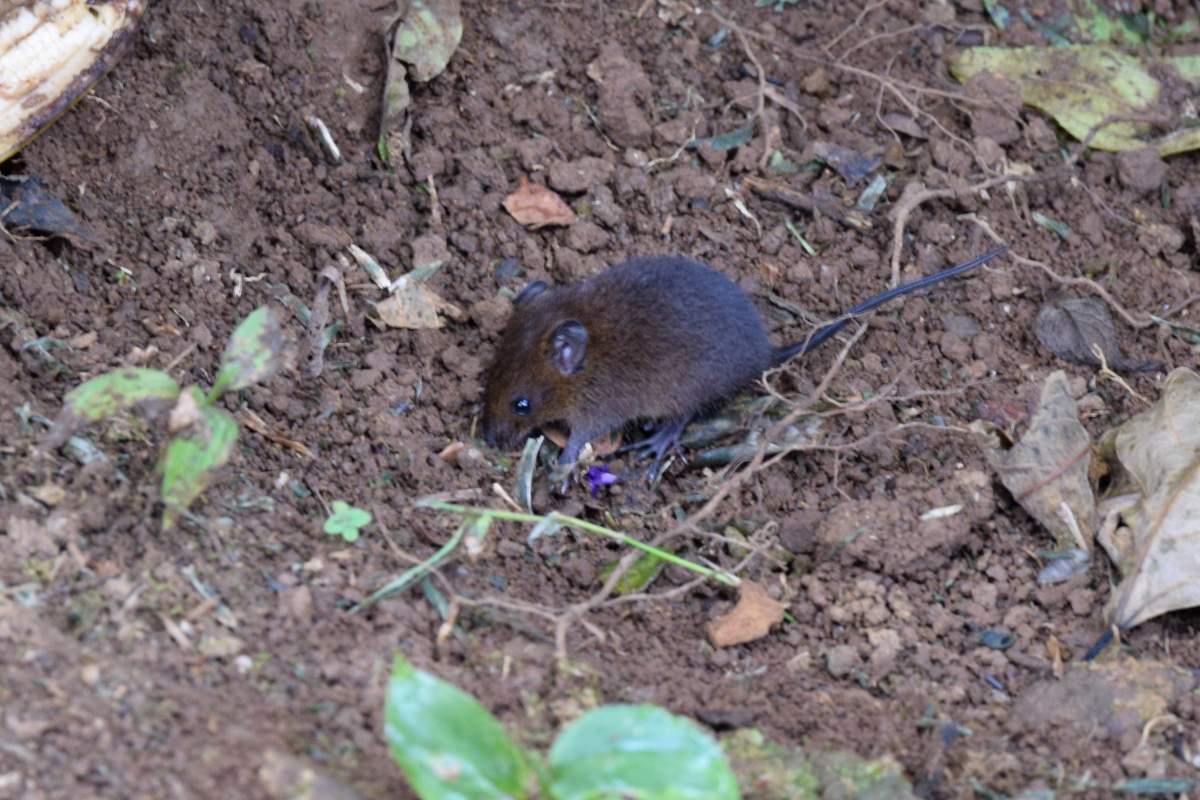
It‘s time again to go to the A Moment of Science mailbag. A listener writes:
Dear A Moment of Science,
Why do some animals have elaborate mating rituals while others don‘t?
Signed,
Trying To Find Love
Our Answer
Interesting question! And at least in the case of one animal, it seems to depend on how much energy they have in reserve.
We‘re talking about Alston‘s singing mouse-a small, brown mouse that lives in the forests of Central America. You'll also see Alston's Singing Mouse called Scotinomys teguina or Alston's Brown Mouse. The cool thing about these mice is that the male mice sing to attract females.
Maybe Not On The Billboard Hot 100
To be clear, by "sing" we mean that the mice make loud trilling sounds, kind of like a cricket or a baby bird. Most male mice make sounds to attract mates.
But their sounds are usually inaudible to human ears, and are very short. What makes Alston‘s singing mice unique is that the males sing songs people can hear, and their songs last for as long as twenty seconds.
University of Texas Study
Scientists at the University of Texas at Austin collected male mice and studied their songs. They also looked at levels of particular hormones and nutrients in their blood.
And they found that the mice that sang longer and more often have more of the hormone leptin, which correlates with optimal amounts of body fat. Body fat, of course, is a form of stored energy.
So, in other words, the fitter a mouse was in terms of energy reserves, the longer and more often it sang. And vice versa.
The point is that the mice budget their energy when it comes to their mating ritual. And that could hold true for other animals with elaborate mating rituals, too.
Sources And Further Reading:
- "The melodious mouse that sings for sex." Phys.org. April 25, 2018. Accessed July 19, 2018.
- Burkhard, Tracy T. Westwick, Rebecca R. Phelps, Steven M. "Adiposity signals predict vocal effort in Alston's singing mice." Proceedings of the Royal Society B: Biological Sciences. 25 April 2018.DOI: 10.1098/rspb.2018.0090









